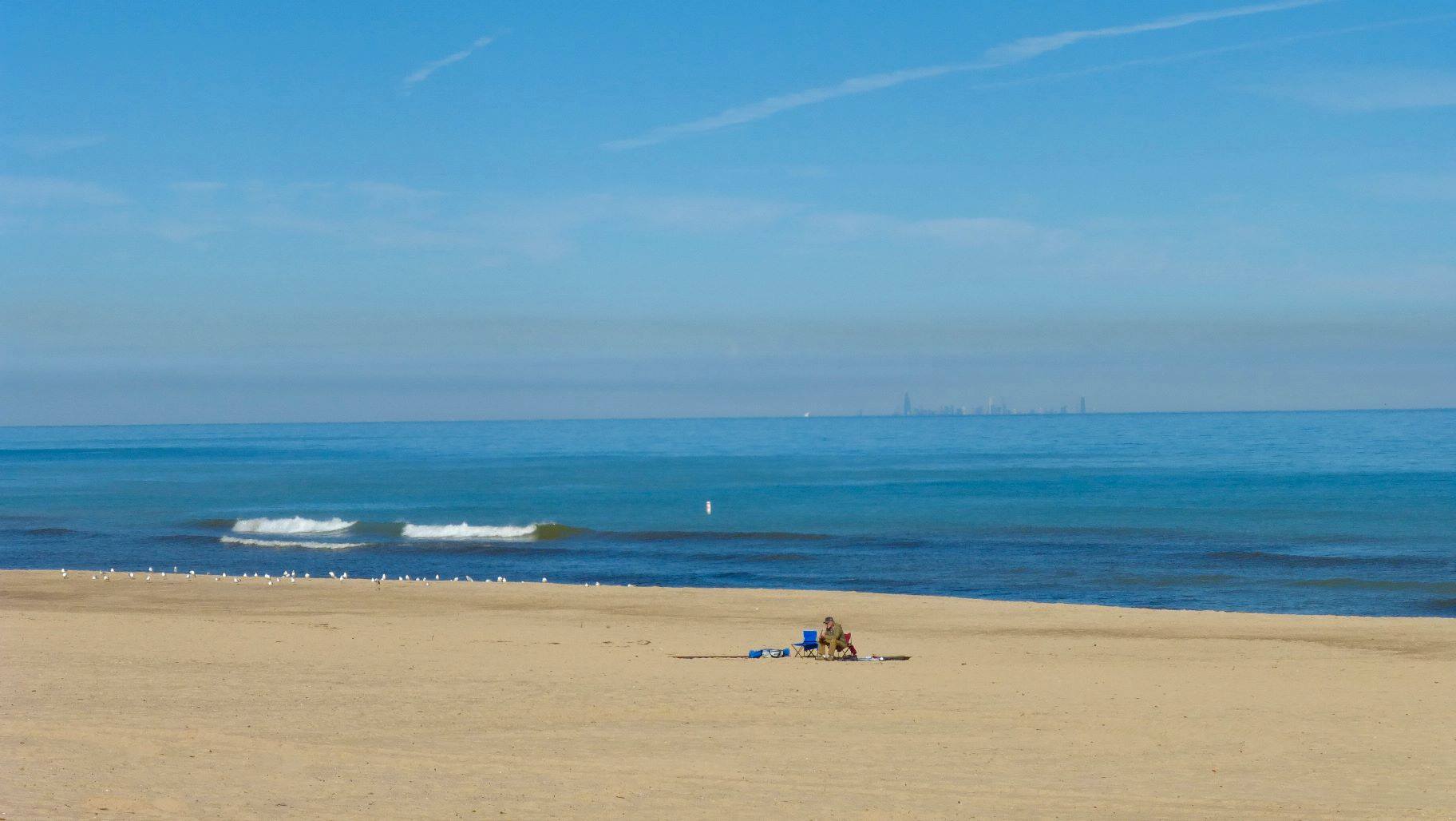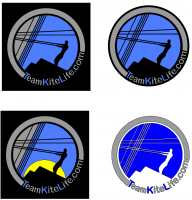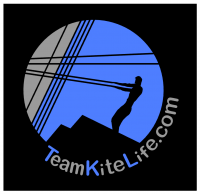-
Posts
3,005 -
Joined
-
Last visited
-
Days Won
60
Content Type
Profiles
Forums
Gallery
Downloads
KL Shop
Blogs
Articles
Everything posted by makatakam
-
Yes, and there are some other quads you may get the chance to fly or purchase, especially some home-made that can use the extra brake because of the bridle setup, or maybe you want to try flying any quad attached upside-down, or with the handles held upside-down. Imagination rocks.
-
.......and the further you move out on the top knots, the easier it is to launch from the inverted "parked" position, to hold an inverted hover, and to fly backwards. If you can't fly one knot in from the one that is impossible to do an upright launch from, then backwards and inverted flight will remain difficult forever.
-
- 160 replies
-
- 2
-

-
- team kitelife
- prizes
-
(and 1 more)
Tagged with:
-
- 160 replies
-
- team kitelife
- prizes
-
(and 1 more)
Tagged with:
-
That should work nicely and cover a good range of wind.
-
Just west of Chicago, ditto.
-
Two possibilities that I can think of. The first possibility is a thermal that moved horizontally because it could not punch upwards where it originated, but found a weak spot in the "roof" over the field where you were flying and moved briskly upwards. The second possibility is two winds moving towards each other from opposite directions and going vertical where you were. When either of these occur, there will be no appreciable wind at ground level to as high as maybe hundreds of feet. Even though it's moving up there, at the ground it's a stalemate with no movement. There is also this thing called a seiche, which generally applies to bodies of water rising at one end and dropping at the other, the vertical displacement being caused by inequalities in atmospheric pressure. If this is combined with either or both of the above conditions it will make the air move in truly mysterious ways. Either that, or you've got to cut back on what you're smoking.
-
Some of the drawbacks of building a kite too light can be relieved by adding weight in strategic positions to improve certain aspects of performance. My home-built quads weigh in between 4 and 5 ounces. That's Rev-like full size 8-footers. Everything you want becomes a compromise when you aim for the extremes in design.
-
Hi, Jhsidekick, and welcome to the forum. Once you fly with JB, there's no going back. Good to have you on board.
-
Hi, mwp, and welcome to the forum. You should be able to find them here.
-
Another. I can tweak it so "TKL" is evenly spaced. The second one is tweaked and moved the figure for better balance. The black borders can be removed. Unfortunately, the program I'm using won't work without them. Of course the choice of type face, number and outline of silhouettes, and colors can be changed to whatever you prefer.
- 160 replies
-
- team kitelife
- prizes
-
(and 1 more)
Tagged with:
-
It could just be put on the outside of the circle in solid color. Then the "TKL" can still be used on the hill. Terse = brevity. It is good.
- 160 replies
-
- 1
-

-
- team kitelife
- prizes
-
(and 1 more)
Tagged with:
-
- 160 replies
-
- team kitelife
- prizes
-
(and 1 more)
Tagged with:
-
I like the first version, without the dogstake lines. Cleaner, less busy. What happened to four silhouettes? Have you given up on that concept? I do very much like ACrop's version.
- 160 replies
-
- team kitelife
- prizes
-
(and 1 more)
Tagged with:
-
That should hold just fine. You may eventually transform the "type" of snagless handle setup from this to what you will see if you do a search for "snagless handles" on this forum. The only issue you may have with the current setup is that what the leaders are attached to still runs all the way through the handle, right? So, as this line stretches and the knots tighten it will get longer and create some slop that will allow it to move up and down in the handle. This will interfere, if only slightly at first, with the amount of precise control you have, and what you're trying to do is build proper muscle memory. It's just something to unlearn later on in the game. Two steps forward, one step back. If you really get into this quad thing, you will eventually acquire custom, solid aluminum snagless handles. You will be sold on these the first time you use them, but in the meantime, I recommend the screw and drywall anchor inserts you'll see on this forum. You can use an extension made of bridle line, or anything similar to attach to the screws and larkshead your leaders to that, so that any wear the screws cause will be to the cheap, easily replaceable extensions and not the leaders. Remember to have fun -- and don't make it too complicated. It's only kite flying, you know. Keep it as simple as possible and it will stay fun. However, if tinkering is your first love, go for it!
-
Sounds like you are about to catch that "I can build a kite that will fly in this wind" bug. Have fun. It's an addiction worth having.
-
Start on the furthest knot out from the handles on top and bottom. Try to launch in upright position. If you can't launch, move the top lines one knot in toward the handles, try to launch. Repeat until you can launch easily. Every two or three outings, try moving one knot out. You won't like it at first, but within 20 minutes, you'll be comfy with it.
-
Oh, yeah. That first time crossing lines with others can be just a bit traumatic. How do you say aaaaaaaaaaaaaarrrrrrrrrrrrrrrrggggggggggggggggggggghhhhhhhhhhhhhhhhhhhhhhhhh in English? Best advice I ever got specifically for that was ignore the other kites and lines. In other words, concentrate on flying your kite. It will "click", sooner for some than for others. Took me about a year to get anywhere near comfy crossing lines with others. Now I can't get enough. And even if you manage to bring a bunch of the others down, you're just creating laughs and memories that bring future smiles. Remember that time Franck got his line . . . . . . . What will help immensely with team flying is to practice speed control and positioning. Practice flying different figures at exactly the same speed throughout each. No speeding up or slowing down, even if the wind gusts. Do it at half that speed. Do it at an absolute crawl. Now, do it all again, backwards. Again, sideways, both upright and inverted. Sounds nearly impossible, until you do it. The second half of this will give you the ability to control your kite in any position, in any part of the wind window. Anything you practice, do it for 20-30 minutes, then take a break by flying without thinking about anything. After quite some time (months, years?) of doing this, you will notice that what you do without thinking looks a lot like what was once practice. There will be many "aha" moments along the way to be savored. Just keep in mind that there are three stages of kite flying: 1. The kite flies you. 2. You fly the kite. 3. The kite and you fly together as one. When you hit that 3rd stage, you'll know. Savor it. It doesn't happen all the time after you've been there once. It's a combination of conditions and the way you feel. But there is nothing better. "You know you got it, if it makes you feel good...."
-
Many of the festivals will be posted on this forum, especially the large ones that have been happening for decades. Those are definitely worth the trip. Other, smaller, festivals are very common, and there's probably half a dozen in your area this year. Google your state + kite festival, narrow it down by county, etc. I don't know of anywhere, except maybe AKA (American Kiteflyers Association) that may have a listing even close to being complete. I've had good results just Googling kite fest. While you're Googling kite fests, do the same for kite clubs, and if there is one in your area/state/region, join. They can fill you in on the ones worth attending, and can help with getting started. Most are free to join, and will have a forum or chat site where you can ask questions and post your progress. And stay tuned here. Some members only check what's happening weekly or even just monthly, but eventually someone in your neck of the woods will pop in and say "Hi, let's fly". I spent a year and a half trying to learn to fly a Rev on my own before I even knew kite clubs or forums existed, so at this point you're already ten times further than I got in the same amount of time. Another option is to get a bunch of the people in your area into it and fly with them. It's always better with a little help and camaraderie.
-
Nigel, forget about it. Paul has more diamond rods in his bag than Revolution Kites has in stock, and he's probably broken more than he owns. I think Rev will still make them.
-
For one and a half years you are doing better than good. Keep it going.
-
Hi, Wessel, and welcome to the forum, and the dark side. Have fun with the Rev. You will like it.
-
Hi, Mikefule, good to have you on board.
-
Hi, Ares, and welcome to the forum. All kites are fun. Single, dual, quad. Some people fly one type, some fly two, some fly all three. There are even three-line kites. What you want to do will determine which you choose. Single line is a lot of work setting up and breaking down, especially the big ones, but if the wind is steady you can relax the whole day. Dual line kites are capable of lots of different tricks, many of which can be difficult to learn, and generally require a lot of physical input by the flyer. Quads are primarily about precision and control, but are limited in the number of slack-line tricks they can do. IMHO, quads are easier to learn to fly well than duals, once you get your head wrapped around the four line thing, and can set up and break down with ease. I fly all three types, but prefer the quads, although I haven't given up learning to trick a dual. However, it seems as I get older I am also getting lazier, and also the body just don't move like it used to. There's bunches of flyers up and down the East Coast, and many of them fly both dual and quad. Get together with some of them at one of the kite festivals. They will have you flying that Rev in no time. Give it a chance before you unload it. I see that Binghamton is about an hour and a half from the coast, but you should consider going to any festivals within a two-hour drive, one way. Yeah, it's a lot of road time, but getting help from experienced flyers will shave many hours off your learning curve. Learning on your own, even single line kites, can be a tedious journey. Duals will drive you crazy. Quads will just piss you off. Kite flyers are a friendly bunch, and always have the time and inclination to help someone learn. Some parts of the journey can be a bit frustrating. Just remember to have fun, smile, and don't forget to breathe.
-
I do something very similar, but instead of cutting the bottoms, I make extensions from bridle line that are from four to eight inches long. Same idea as far as wear is concerned, but it makes the tops quite long overall, eleven to fourteen inches, which gives me leaders to grab instead of flying line to grab for "catch and throw". I don't like line cuts on my fingers because they get blood on the flying line and kite flying should not include pain. When the extensions start wearing through (good winter project), new ones are fast and easy to make. Cut four equal length pieces of bridle line, tie a knot, install. Ten-minute operation.

.thumb.jpg.53aabc63a639af8d375b2c92cf2e13f8.jpg)




